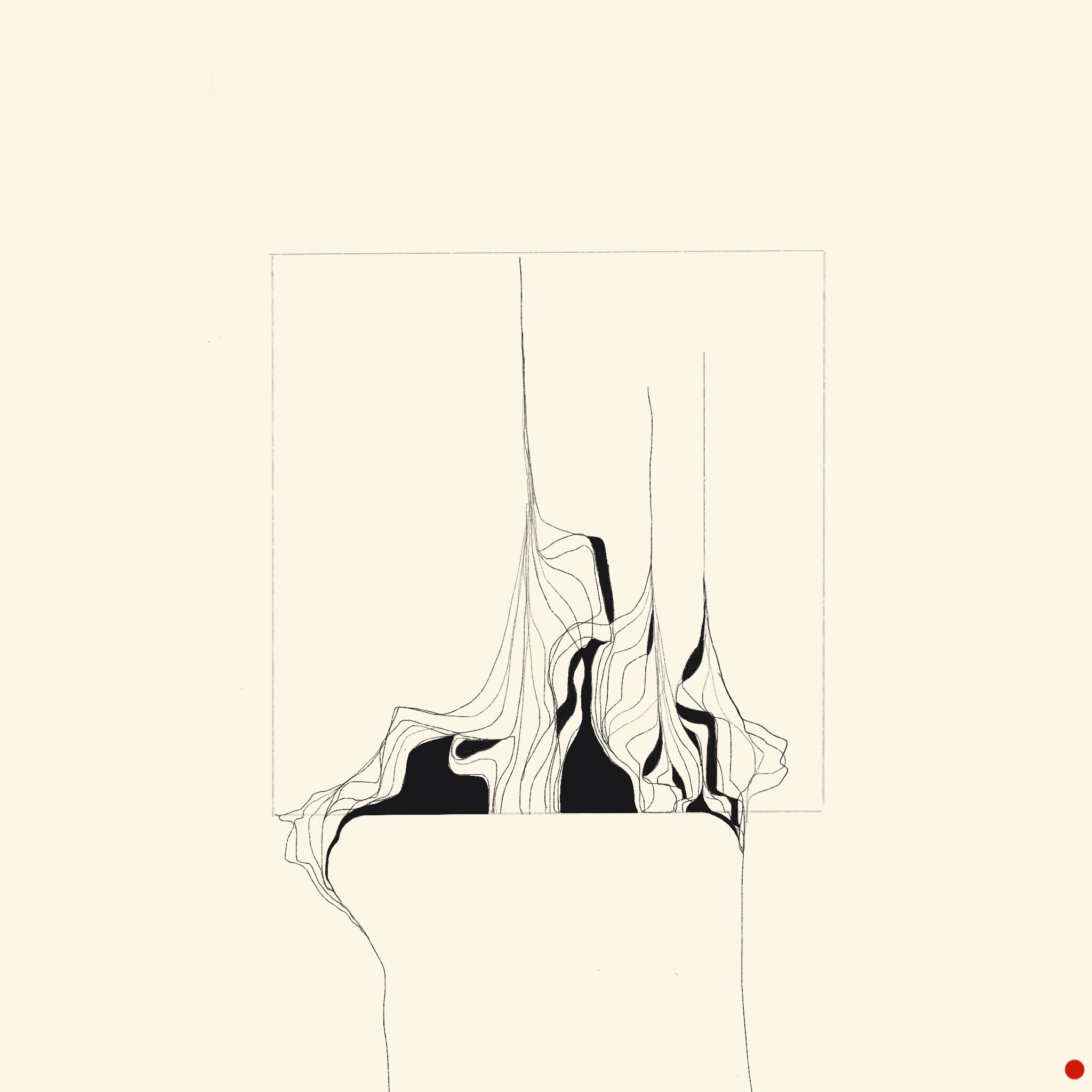Architecture Appreciation
For better or for worse, every time I step foot in Berkeley, something’s different: in a constant state of change and fluctuation. There’s so many of these houses scheduled to be demolished or completely moved to a different spot. It’s in the Bay Area that I learned you can buy (or get for free!) an old house without the land or any utilities, just the structure and whatever’s inside. It gets me thinking about what it even means to own a home. In these areas where property values are so high, is the house even worth anything in comparison to the land? I’m not just talking logistically whether the house itself actually has any monetary value, but I question how we value ‘home’. Home is a state of mind that’s developed in our earliest memories from childhood - composed of the house, the land, the neighborhood, the neighbors, the weather, routes to and from. It’s interesting to imagine what happens if the house is lifted up on a truck and moved down the street, to the other end of town, or across the country even. How does the perception of home change when the structure and nature of the house is the same, but everything else is different? I guess all houses are mobile homes.
Southwest Berkeley, CA
#berkeley #residentialarchitecture #architecture #strolling #architectureappreciation
Architecture Appreciation
Some quirkiness in the Pacific Northwest. Seattle, WA.
Virginia Inn (originally the Hotel Livingston), built around 1901.
PLACE
Thoughts on Place & Grief.
In many ways I feel that who I am depends on where I am. This week has been one of the most bizarre and scary weeks, between COVID, loss, California fires, and heat. I miss home. I miss the rainy, humid, heat. I miss sporadic thunderstorms and heavy rain for 10 minutes. I was talking recently about my grieving process. I discovered that it is so linked to place, that I don’t start processing grief until I’m in a certain environment, or maybe that processing looks so different I don’t even recognize it as grief. For some reason, where I am now doesn’t feel like that environment. I’m so accustomed to being in community tied to a place & often communal grieving is how I grieve. But how do I process grief without community or place?
Architecture Appreciation
This past weekend has been the hottest and strangest in Oakland. I witnessed my first summer thunderstorm since moving here in 2013. The relentless rays of heat sent me scurrying to shade anywhere in sight. Oakland isn’t particularly designed like a hot city, there aren’t overhangs or awnings lining building perimeters at every corner. So walking around the town in the afternoon can get exhausting quick without any shade breaks. When I came across this subterranean walkway, not only did I get my wish for shade and a seat, (which is honestly just as hard to come by these days) I was pleased to find myself in a quaint and peaceful pedestrian vibe below the street. The layout of the sub-walk traces restored Victorian buildings of Old Oakland and gives glimpses to the street activity twelve feet above. Dividing the sidewalk at different levels brings a dynamism to the street life. It’s almost like walking down to the subway into the sub-culture of an underground city. Instead of it being dank and dark, it’s a breezy, well lit, semi-private hidden (but not so hidden) treasure you’ll only know about by walking the street. I'm not sure the intent behind this design, and it would be interesting to see how this rare circumstance evolved into its current state. My guess: a result of the some 1860s programmatic needs from when the transcontinental railway had this part of town booming. Thoughts?
Old Oakland, built around the 1870’s, restored in 1960’s
Oakland, CA
Architecture Appreciation
It took me a while to begin to understand why I like this building. And to be honest, I’m still figuring it out. One thing I know for sure is that the arches sparked my initial attraction. The arch plays many roles here, in all dimensions, and at different scales: it frames the light that enters at the exterior wall, forms the low ceiling of the extruded window boxes, supports the rectangular overhang, and articulates the repetitive rhythm of the windows above. The arch exudes a sculptural essence combined with a dose of functionality, giving the building a dominant yet delicate demeanor. I haven’t had the pleasure of exploring the inside, but it would be interesting to discover how the curve shapes the spaces within and how it might present themselves in even finer details. The subtle (and not so subtle) roundness of the arches, exterior corners, and window frames, as well as the visual thinness of the columns provides a sense of softness that balances out the strict rectilinear elements.
.
California Bank & Trust Building (originally the Sumitomo Bank Building) c. 1965.
Oakland, CA
Architects: Shigenori Iyama + Robert Tanaka








